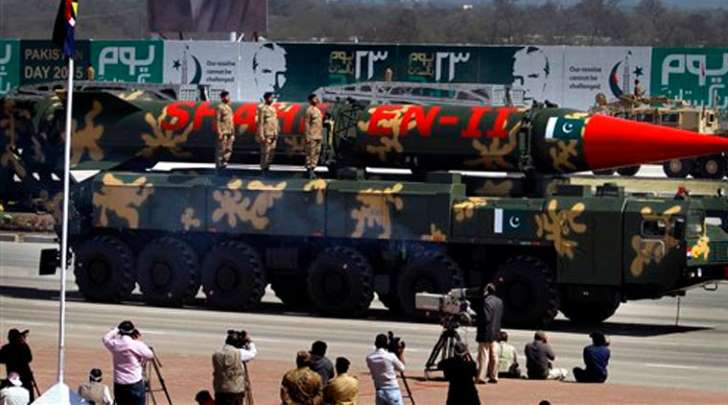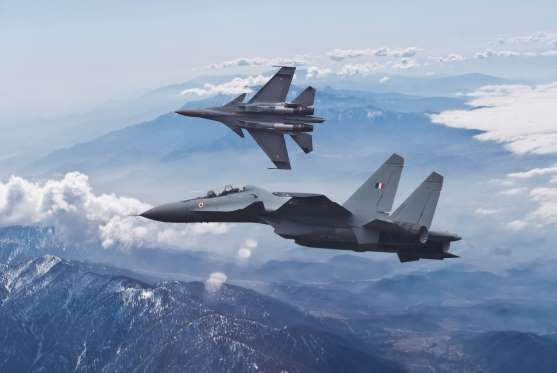May 26, 2016
Nuclear weapons in Pakistan's hands have "corrosively destabilizing" effects in the region and provide a license for the country's sub-conventional wars against India, a top American expert has said.

May 26, 2016
Nuclear weapons in Pakistan's hands have "corrosively destabilizing" effects in the region and provide a license for the country's sub-conventional wars against India, a top American expert has said.

Pakistan's Shaheen II nuclear-capable missile. In terms of estimated warhead production, Pakistan can produce anywhere from 14-27 warheads annually, whereas India can only produce 2-5 warheads per year (Source: AP Photo)
"Unfortunately nuclear weapons in Pakistani hands have had larger and more corrosively destabilising effects: they have enabled Pakistan to pursue its revanchist aims of recovering the disputed state of Jammu and Kashmir by force, or more specifically, by unleashing state-supported terrorism against India in the hope of weakening Indian control over the contested territories," said Ashley Tellis from Carnegie Endowment for International Peace.
In an interview to The Cipher Brief, Tellis said this stratagem is based on the assumption that India will be unable to retaliate against Pakistan conventionally for fear of sparking a nuclear holocaust.
"Pakistan's nuclear weapons, then, are intended not merely to provide deterrence against Indian attacks, but more ambitiously, a license for Pakistan's sub-conventional wars against India," Tellis said in response to a question.
"This behaviour, flowing from Pakistan's possession of nuclear weapons, is what makes deterrence in South Asia more unstable than it would otherwise be— if Pakistan's strategic objectives were as conservative as India's," he said.
This dynamic, in its totality, suggests that India's approach to nuclear deterrence is closer to that of the United States: both nations view their nuclear weapons primarily as deterrents against nuclear attacks by others, he observed.
"Pakistan's behaviour, however, exemplifies nuclear coercion rather than simply deterrence: to that degree, it mimics Russian behavior more than it does the US practice of deterrence," Tellis said.
In a separate paper, Will Edwards, International Producer with The Cipher Brief, said Pakistan has long viewed nuclear weapons as a hedge against Indian aggression in disputed territories and a counterweight to India's conventional military superiority.
Surrounded by hostile neighbours, India has fought numerous wars to protect its sovereignty and as deterrent to any future hostility, it has one of most well-armed, trained and disciplined military force in the world. We take a look at the men and the weapons of the Indian armed forces.

Picture: Indian Air Force Sukhoi Su-30 MKI fighter aircraft patrol the skies over the Himalayas. – Getty Images
The difference is that now Pakistan has chosen to outstrip India's nuclear forces by drastically increasing fissile materials production and to employ smaller, tactical nuclear devices in a bid to counteract India's widening conventional supremacy, he wrote.
Currently, Pakistan out produces India in fissile material at a ratio of 4:1.
In terms of estimated warhead production, Pakistan can produce anywhere from 14-27 warheads annually, whereas India can only produce 2-5 warheads per year, he said.
Courtesy: Indian Express
















































































































